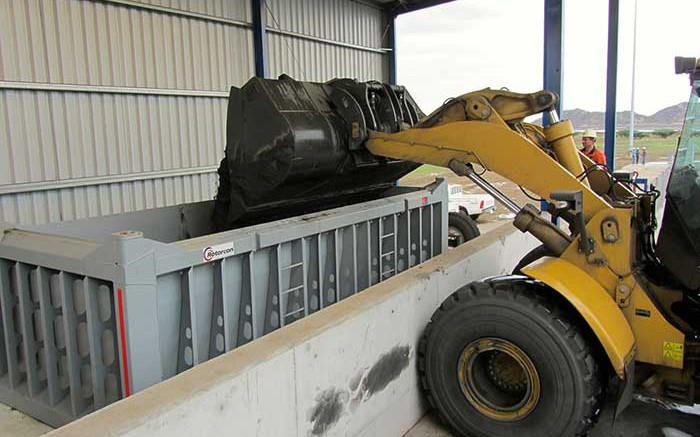VANCOUVER — It’s now a “survival of the fittest” story for copper miners, according to Canaccord Genuity analyst Peter Bures, and commodity markets might not offer much relief for at least two years. Over the past 12 months copper futures have dropped over 25% due to perceived oversupply and concerns over lagging growth in China. March contracts have fallen nearly US$1 year-on-year and sat at US$2.10 per lb. at press time.
In mid-December Canaccord updated its price deck for base metals with a focus on supply and demand in the copper market over the next five years. The new numbers incorporate “modest surpluses” over the next two years, swinging to “large deficits” in 2018 and beyond.
Canaccord analysts assume a US$2.08 per lb. copper price this year and US$2.07 per lb. for 2017. This is a major drop from previous price assumptions that pegged copper at US$2.75 per lb. within two years. Relief may not come until 2019, when Canaccord figures prices might pop back up to US$2.75 per lb.
“We note price-related production cuts in recent months from Glencore (LSE: GLEN). Teck Resources (TSX: TCK.B; NYSE: TCK) and Grupo Mexico (US-OTC: GMBXF) had only short-term, limited price impacts to the upside. We believe significantly more cuts would be needed to positively impact prices for a sustained period,” Bures said in his research note.
“The approximately 1.3 million tonnes of copper on exchanges and in bonded warehouses, combined with the unknown quantity of copper inventory within China, has outweighed recently announced production cuts. We highlight our China consumption forecasts as a key risk factor,” he added.
Investors in copper-mining stocks naturally wonder which producers can weather this low-price storm, and come out ahead when the market rebounds.
Canaccord cautions that risks remain, and are tied to further depreciation in copper prices and related “balance sheet safety.”
But the strength of assets — and ability to generate free cash flow at lower prices — drives investment when combined with sustainable debt ratios and “liquidity options.”
For investors interested in companies with relatively low liquidity risk and potential upside, Bures’ recommendations include: Lundin Mining (TSX: LUN; US-OTC: LUNMF), due to a “strong balance sheet, with operating leverage and a relatively high cash-cost base;” Nevsun Resources (TSX: NSU; NYSE-MKT: NSU), on account of its US$434-million cash balance and lack of debt; and, perhaps surprisingly, Imperial Metals (TSX: III), due to its “continued recovery from the Mount Polley tailings dam failure, and and long-term growth from Red Chris.” (Imperial recently announced suspension of pit operations at its Huckleberry copper mine in B.C. due to declining copper prices.)
Bures says that “while base metal equities trade near [or at] decade lows, we still view it as sensible for investors to take upside copper price sensitivity to share prices into consideration.
“We prefer First Quantum Minerals (TSX: FM; LSE: FQM) followed by Capstone Mining (TSX: CS; US-OTC: CSFFF) in a rising copper price environment. Although both companies sport stressed balance sheets, neither faces critical liquidity shortfalls in the near-term [indeed, not until 2018]. Additionally, a large part [and in Capstone’s case, all] of the debt on the balance sheet is held by a syndicate of traditional banks,” he added.
Canaccord’s forecast assumes global copper consumption growth will fall to 2.3% in 2015, which would equate to a global surplus of 241,000 tonnes. The model pegs consumption growth at 2.7%, and 3% in 2016 and 2017. Bures notes that it is likely “too late to materially influence 2018–19 supply with new project sanctioning decisions.”


canaccord made some very huge losses in this sector, and are now attempting to degrade the industry. canacord should become more passive in there investment choices.
rmr